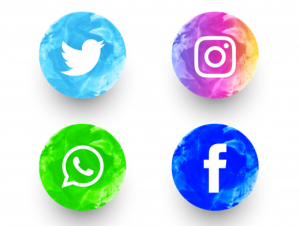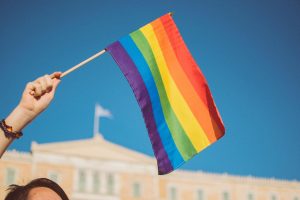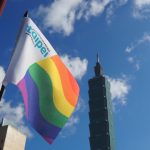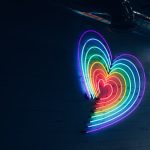What is LGBT?
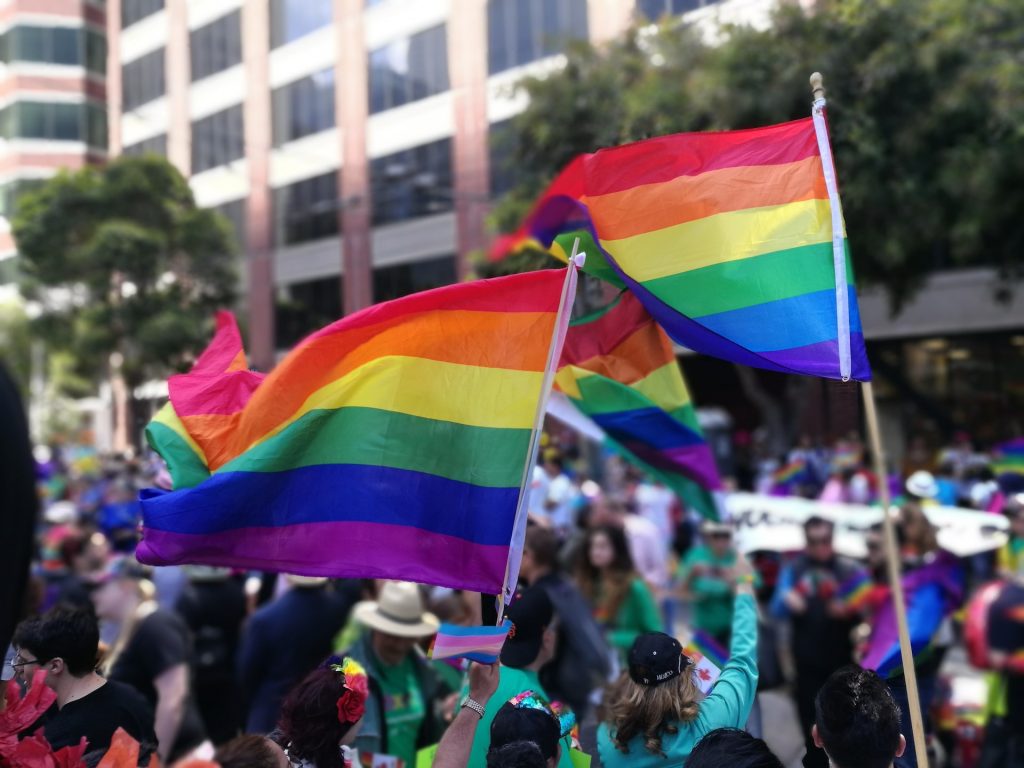
LGBT represents lesbian, gay, bisexual and transgender and together with heterosexual they are terms utilized to explain individuals’s sexual orientation or sex identity. These terms are discussed in even more detail below.
BelongTo have a Terms Poster and an Emerging as You Guide as a practical source for your passion.
Lesbian
A lesbian female is one that is romantically, sexually and/or emotionally drew in to women. Numerous lesbians like to be called lesbian instead of gay.
Gay
A gay man is one who is passionately, sexually and/or mentally drew in to males. The word gay can be utilized to refer typically to lesbian, gay and bisexual individuals but several women favor to be called lesbian. Most gay people don’t such as to be described as homosexual because of the adverse historical associations with the word and due to the fact that words gay far better reflects their identity.
Bisexual
A bisexual person is someone who is romantically, sexually and/or psychologically attracted to individuals of genders both the same and different to their own.
Transgender or Trans
Transgender an umbrella term utilized to describe people whose sex identification (inner sensation of being male, female or non-binary) and/or sex expression, differs from the gender they were appointed at birth. Not everyone whose appearance or behaviour is gender-atypical will certainly determine as a transgender person.
Gender Identity
One’s gender identification describes whether one feels male, female or non-binary (no matter one’s biological sex). Sex expression describes externally revealing one’s gender identification.
Transgender individuals generally live or wish to live full-time as members of a sex apart from that appointed at birth. Transgender people usually select to undergo a social transition, which may entail transforming their name, pronouns, look, and official sex markers. They may additionally go after a medical shift, which can involve medical treatments, such as hormone treatment or surgical procedure, to make their bodies fit with their sex identification and assistance reduce gender dysphoria.
Transvestite or cross-dressing people are believed to make up the largest transgender sub-group. Cross-dressers often wear clothes considered appropriate to a different gender. They vary in exactly how totally they dress (from one article of garments to completely cross-dressing) as well as in their objectives for doing so.
Gender Reassignment
Sex Reassignment also called transitioning, is the process of changing the means someone’s sex is lived publicly and can be a complicated process. Individuals that want to shift typically start by sharing their gender identity in situations where they feel safe. They usually work up to living full-time in a different sex, by making progressive adjustments to their gender expression.
Getting in touch with other transgender people with peer support system and transgender neighborhood organisations is likewise extremely helpful for individuals when they are going through the change process. Transitioning differs for each and every individual and may include adjustments in clothes and grooming, a name adjustment, change of sex on identification documents, hormonal treatment, and surgical treatment.
Coming Out
Coming Out is the term made use of by lesbian, gay, bisexual and transgender individuals and the wider queer community to define their experience of discovery, self-acceptance, openness and sincerity about their LGBT identification and their choice to divulge, i.e. to share this with others when and just how they pick.
Sexual Orientation
Sexual preference describes an enduring pattern of emotional, romantic, and/or sexual attractions to guys, ladies, or numerous sexes. Sexual orientation also refers to an individual’s feeling of identity based upon those attractions, relevant practices, and membership in a community of others that share those tourist attractions.
Homophobia
Homophobia describes fear of or prejudice and discrimination against lesbian, gay and bisexual people. It is likewise the dislike of same-sex attraction and love or the hatred of people who have those feelings. The term was first used in the 1970s and is more associated with lack of knowledge, bias and stereotyping than with the physiological responses typically credited to a ‘anxiety’. While homophobic comments or mindsets are frequently unintentional, they can create pain and offense to lesbian, gay and bisexual individuals.
Transphobia
Transphobia describes be afraid of or bias and discrimination against individuals that are transgender or that are regarded to transgress norms of sex, sex identity or sex expression. While transphobic remarks or perspectives are commonly unintentional, they can trigger hurt and offense to transgender people.
Biphobia
Biphobia describes the intolerance, hatred or erasure of bisexual individuals. The term explains an aversion to bisexuality (or any non-monosexuality) and is fueled by lack of confidences and misconceptions surrounding bisexuality.

